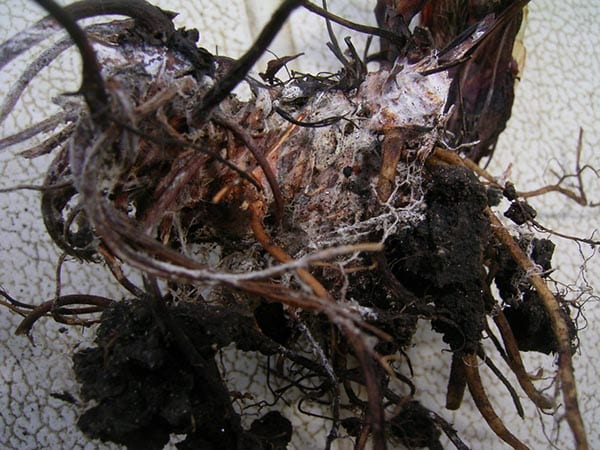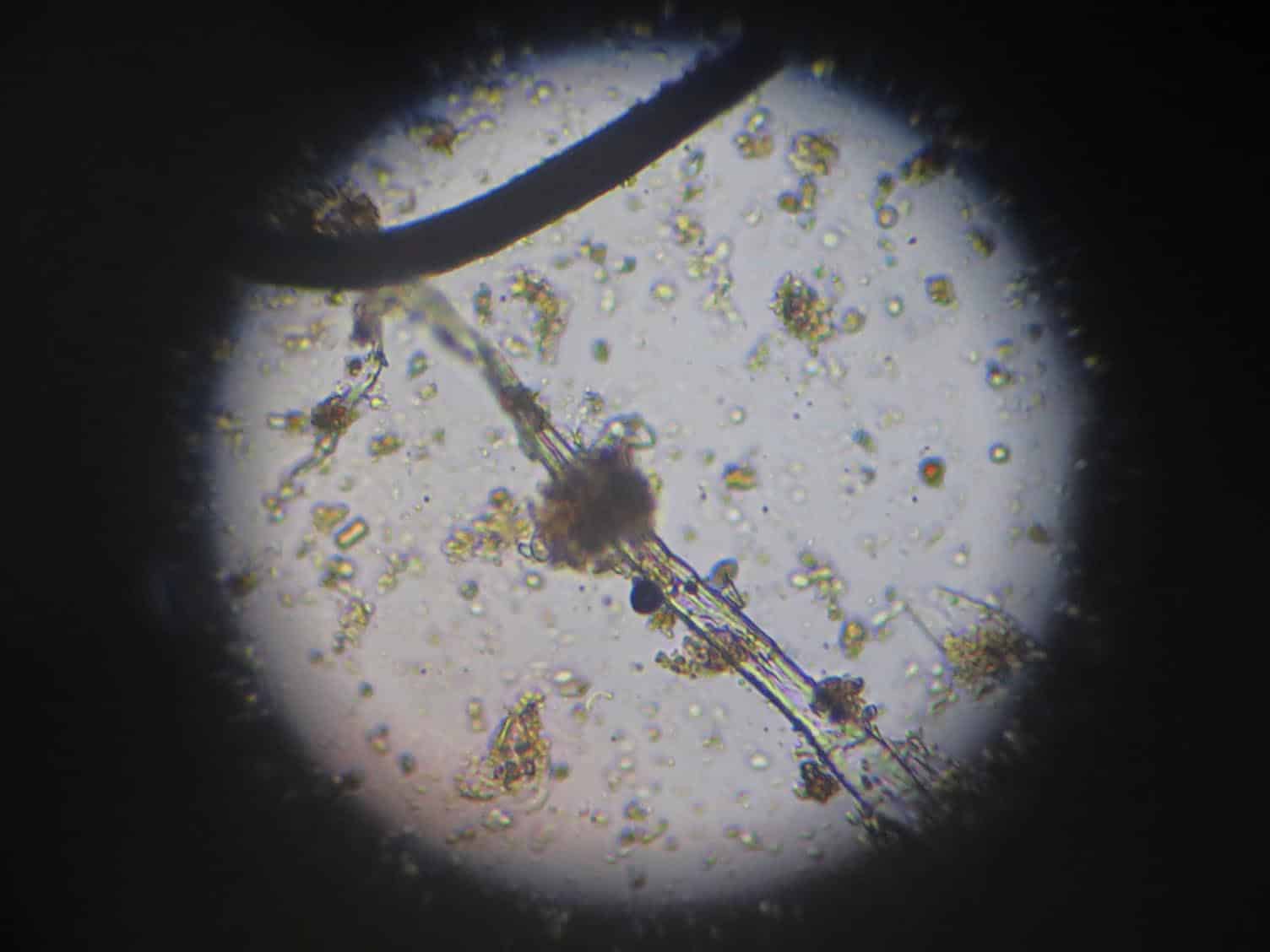Soil
The most important factor when growing good, healthy food is first and foremost creating healthy soil.
A healthy soil is one which has:
- a diverse range of micro- and macro-organisms
- good soil structure which is neither too dense (clay soils) or too loose (sandy soils)
- good aeration; does not allow anaerobic micro-organisms to survive as these produce alcoholic by-products that will kill plants
- can hold water but also has good drainage, which will allow water to flow through it
- a stable pH
- good cation exchange capacity (ability to hold nutrients)
- good carbon content for micro-organisms to feed on.
Soils with a high level of organic matter provide the best basis for growing good food. Organic matter provides all those essential ingredients which go towards making a healthy soil environment as well as increasing the soil’s ability to hold onto nutrients.
To increase organic matter:
- grow green manure crops
- add animal manures
- add crop residues back to the soil
- add high quality compost
Most soils contain reserves of nutrients and minerals that, while present, are not directly accessible to plants. Some of these become available when dissolved in soil water, and others require biological processing to convert them into an available form for the plants to take up.
The soil is home to many microscopic and visible organisms such as bacteria, fungi and earthworms. These help to make nutrient and mineral reserves available to plants. We must therefore create an environment in which these organisms can thrive and do the job we want them to do for us. If the beneficial organisms are dominant and thriving then the pathogenic organisms are suppressed and won’t be causing problems.
Eighty percent of nitrogen in the soil is produced by protozoa, bacteria and fungus-feeding nematodes, and microscopic arthropods. These micro-organisms, “fix” nitrogen from the atmosphere and soil, absorbing it and converting it to a form easily available to the plants. Some of these actually need an oxygen free, anaerobic, environment to produce the enzyme responsible for fixing the nitrogen.
Some of these organisms get their own energy from sunlight, others need organic matter to feed on.
Bacteria and fungi, in particular, play extremely important parts in the growth of plants.
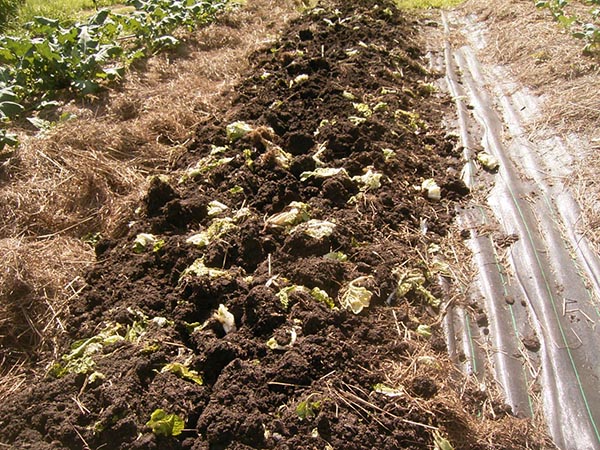
Bacteria and fungi, in particular, play extremely important parts in the growth of plants.
Bacteria
Bacteria are very susceptible to changes in their environment. Conditions such as acidity, soil compaction, dryness, salinity, tillage and the absence of organic matter will adversely affect their populations.
- smallest of the soil microbes and also the most abundant
- most live in the top 10 cm of soil
Most vegetables and grasses prefer a slightly bacteria-dominant soil.
There are many species of soil bacteria, which can be categorised by their biological function:
Beneficial bacteria
Decomposers
- help to initiate the breakdown of organic matter when moisture levels are high
Nitrogen fixers
- live in root nodules on legumes
- extract nitrogen from the atmosphere and convert it into a form that plants can use
Disease suppressors
- possess antibiotics which they release to kill off other bacteria (generally those that cause diseases)
- the bacteria may produce an antibiotic which is specific to a particular bacterium
Aerobic
- those needing oxygen and hence well drained and structured soils
- all beneficial bacteria are aerobic
Actinobacteria
- break down humates and humic acid, which themselves are the result of the decomposition of organic matter such as compost. Humates and humic acid take an extremely long time to break down by themselves but actinobacteria can make this process happen much quicker thus releasing the compounds (carbon, hydrogen, oxygen, nitrogen and sulphur) within the humates.
- function best in soils with a pH above 5
Sulphur oxidizers
- convert sulfides in soil to sulfates; the form that plants can take up.
Chemolithotrophs
- convert chemicals and rock minerals into energy
To build up the populations of beneficial bacteria in the soil, add foods high in nitrogen and sugars such as green grass clippings, manures, molasses, and bacterially dominant compost or compost teas. You can also integrate legumes when planting out beds.
Maintaining healthy soil with good aeration and drainage will keep the good bacteria populations more plentiful than those of the bad bacteria.
Undesirable bacteria
Pathogens
- disease-causing bacteria
Anaerobic
- those that live in wet, poorly drained soils with very little or no oxygen
- can produce toxic substances that effect root growth and increase the risk of root diseases
We can minimise the abundance of these bad bacteria by making the environment as inhospitable to them as possible. By maintaining a healthy soil with good aeration and drainage so that we don’t have anaerobic conditions, and by encouraging beneficial bacteria, it will be difficult for these undesirable bacteria to survive.
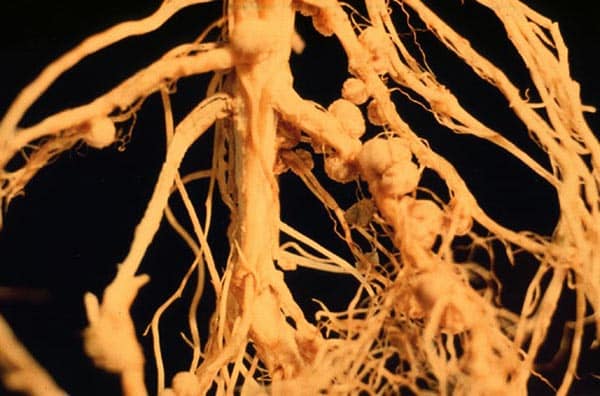
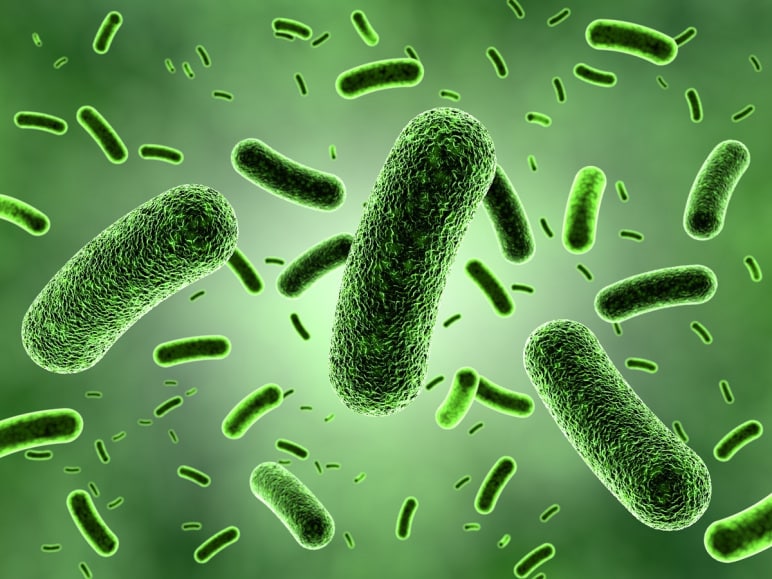
Fungi
Beneficial fungi
Fungi are microscopic plant-like organisms that form a mass (like roots) and help plants to become healthier and more vigorous in a number of ways
- bind soil particles together, creating aggregates that improve water retention and drainage in the soil
- create healthy soil biology
- outcompete disease-causing organisms
- protect plants by producing antipathogens
- provide nutrients and water directly to plants.
Fungi can also be categorised by their biological function within the soil:
Decomposers
- convert dead organic matter into more fungal cells as well as carbon dioxide and organic acids that plants can use
- can break down matter that would be extremely difficult for other organisms to do
- retain nutrients in their systems thereby holding them in the soil. These nutrients become available when other organisms feed on the fungi and then recycle them though excrement or when they die
- organic acids produced by the fungi preserve organic matter, preventing it from degrading and being lost from the soil
Mutualists
- develop beneficial relationships with plants
- live around plant roots, enabling plants to obtain nutrients
- reduce susceptibility to pests, diseases and drought
- increase root mass by effectively extending the area from which nutrients can be sourced through the spreading hyphae of the fungi
Mycorrhizal fungi
- help plants take up phosphorus, nitrogen and water
- promote root growth
A type of root fungus called vesicular arbuscular mycorrhiza (VAM) is often used to inoculate the seeds of green manure crops prior to planting. When the seeds germinate, the VAM attaches to the roots of the growing plants, effectively extending the root system and taking up nutrients from the soil and passing them directly into the roots. This fungus gets its energy from the host plant and can be seen as tiny nodules around the roots. The nodules could be confused with those caused by the root knot nematodes but they easily come off the root and are green or pink inside, whereas the nematodes are within the roots.
VAM is available commercially, and will often be supplied with the appropriate green manure crop when seeds are purchased.
Woody materials with lots of lignin (the carbon-rich protein in woody tissue) such as dried grass, sugar cane, leaves, wood chips and cardboard are fungal food. By applying mulch to your garden you are not only helping to keep water in the soil but also feeding the good fungi.
As organic matter builds, the soil becomes more fungal. We found that our soil was at its best when we had a nice growth of white fungi under the mulch.
Tilling the soil is particularly bad for fungi as it destroys the hyphae, cutting it up. The hyphae is the new growth produced by the fungus and is the part responsible for absorbing nutrients which then get passed onto the plants.
Tilling the soil, and particularly rotary hoeing, is also bad for the micro-organisms. Many of these have a specific environment they need to live in. Some will like to live near the surface others further down. Displacement may result in many of them dying.
Undesirable fungi
Pathogens
- Verticillium, Phytophthora, Rhizoctonia and Pythium
These fungi infiltrate the plant, decomposing the tissue, causing weak plants that are unable to transport water and nutrients, often resulting in the plant dying.
Soils with diverse populations of beneficial organisms will suppress these “bad” fungi and keep the plants healthy.
